Lucky Bamboo (Dracaena sanderiana) is one of those remarkable plants that bridges simplicity and elegance — thriving in water, soil, or even decorative glass vases. While most plant owners are familiar with its light and water needs, a question that’s gained traction among modern growers is: can Lucky Bamboo be fertilized daily using micro-dosage techniques?
As houseplant culture evolves in 2025, many enthusiasts are experimenting with hydroponic nutrients and controlled micro-feeding to enhance growth and color. But before you turn your daily routine into a fertilizing ritual, it’s important to understand the science, the potential benefits, and the risks.
Understanding Lucky Bamboo’s Nutritional Needs
Lucky Bamboo is technically not bamboo — it’s a resilient member of the Dracaena genus, adapted to thrive in low-nutrient environments. In nature, it often grows in moist forest understories where rainwater and decaying organic matter provide mild, periodic nutrition.
Because of this adaptation, Lucky Bamboo is sensitive to fertilizer strength. Overfeeding — especially with high-nitrogen synthetic blends — can quickly lead to root burn, leaf yellowing, and soft stems.
Traditional care guides recommend fertilizing only once every 4–6 weeks, often with a very diluted, balanced houseplant fertilizer (around 1/10 strength). But micro-dosing changes that approach.
Also Read- Can Lucky Bamboo Survive in Windowless Rooms? Light Solutions for Low-Natural-Light Spaces
What Is Micro-Dosage Fertilizing?
Micro-dosing means supplying tiny, consistent amounts of nutrients instead of infrequent heavy feedings. It’s similar to how hydroponic systems feed plants — a steady nutrient trickle that mimics the way roots absorb minerals in their natural habitat.
For Lucky Bamboo, this method involves adding very small quantities of liquid fertilizer daily or weekly to maintain nutrient availability without overloading the water or soil.
A typical micro-dose would be 1–2 drops of fertilizer in 500 ml of water, or around 1/20th of the regular strength recommended for houseplants.
Potential Benefits of Daily Micro-Dosing
-
Stable Nutrient Availability:
Unlike the feast-and-famine cycle of monthly fertilizing, micro-dosing ensures the plant always has access to trace nutrients like iron, manganese, and potassium. -
Healthier, More Vibrant Foliage:
When Lucky Bamboo receives consistent nourishment, its leaves retain their bright green color longer and resist the pale streaking often caused by nutrient deficiency. -
Improved Root Development in Hydro Systems:
For Lucky Bamboo grown in water, steady trace elements encourage root elongation and strength. This is especially true for systems using distilled or filtered water, which lack natural minerals. -
Lower Stress Levels for Sensitive Plants:
Because nutrients are introduced in minuscule amounts, the risk of chemical shock or salt buildup is reduced. -
Encourages Growth Without Overstimulation:
Micro-dosing provides just enough nutrition to maintain slow, steady growth — ideal for maintaining the plant’s aesthetic balance indoors.
Also Read- Is Your Tap Water Harming Your Lucky Bamboo? Understanding Chlorine, Fluoride, and Mineral Build-Up
The Hidden Risks of Overzealous Micro-Dosing
While the idea sounds foolproof, daily feeding can backfire if not carefully managed.
-
Nutrient Salt Buildup:
Even tiny daily doses accumulate over time, especially in containers without drainage or regular water replacement. This leads to salt crystallization at the base, turning roots brown or brittle. -
Water Quality Imbalance:
In hydroponic setups, micro-fertilizers can alter pH if not monitored. Lucky Bamboo prefers a slightly acidic to neutral range (6.0–6.5). Anything beyond this can reduce nutrient absorption or cause leaf tip burn. -
Root Sensitivity:
The roots of Lucky Bamboo are delicate and adapted for slow nutrient absorption. A sudden shift — such as adding concentrated fertilizer after evaporation — can cause osmotic stress, dehydrating root cells. -
Algae Growth in Water Jars:
Micro-nutrients act as food not only for plants but also for algae. Daily feeding in glass vases exposed to light can lead to slimy green buildup that competes with roots for oxygen. -
Human Error:
Precision is key in micro-dosing. Even a slightly heavier hand can turn a micro-dose into a macro problem.
Best Practices for Safe Micro-Fertilizing
If you’re eager to try micro-dosage with Lucky Bamboo, these guidelines will help you find a safe balance.
1. Start with Ultra-Diluted Fertilizer
Begin with a dilution ratio of 1/20th strength. For example, if the standard recommendation is one teaspoon per liter, start with just a few drops.
2. Use Water-Soluble Fertilizers Only
Liquid, water-soluble fertilizers are easier to measure and distribute evenly. Avoid granular or slow-release pellets, which can release unpredictable concentrations over time.
3. Change the Water Frequently
If your Lucky Bamboo is growing in water, change the water every 7–10 days. This prevents mineral buildup and allows for consistent pH control.
4. Rinse the Container Monthly
Clean the vase or pot monthly to remove algae or nutrient residue. Wipe the roots gently with fresh water to restore oxygen flow.
5. Observe Leaf Health Closely
- Pale or faded leaves → Increase fertilizer concentration slightly.
- Yellow or brown tips → Reduce feeding frequency or dilute further.
- Glossy, firm leaves → You’ve found the ideal balance.
Also Read- Preventing Algae Growth In Lucky Bamboo Water During Summer
When to Stop or Reduce Feeding
Micro-dosing is most effective during spring and summer, when Lucky Bamboo grows actively. In autumn and winter, when light levels and temperatures drop, plant metabolism slows. Continuing daily feeding during this period can cause more harm than good.
In colder months:
- Reduce feeding to once every 10–14 days.
- Keep the solution extremely weak.
- Make sure the water stays clean and oxygenated.
Natural Alternatives to Synthetic Micro-Dosing
If you prefer a more sustainable approach, consider these gentle, natural feeding methods:
- Rice Water: Provides trace minerals and mild carbohydrates for root health.
- Banana Peel Extract: Adds potassium and phosphorus when diluted properly.
- Aloe Vera Juice: Acts as a natural root tonic and mild fertilizer.
These alternatives should still be used sparingly — once every 2–3 weeks is sufficient.
Micro-Dosing in Soil vs. Water
Lucky Bamboo can grow in both mediums, but the fertilizer approach differs.
-
In Water:
Nutrient absorption is faster but salt accumulation is a risk. Always refresh water frequently. -
In Soil:
Nutrients bind with organic matter, releasing slowly. Micro-dosing in soil can be done weekly rather than daily.
The general rule: the less organic buffering material, the more carefully you must monitor fertilizer levels.
The Science Behind Success
Research on hydroponic Dracaena species shows that consistent, low-level nutrition maintains chlorophyll balance without overstimulating growth. Plants fed tiny daily doses showed denser root mats and improved color retention, though long-term salt buildup remained a concern.
For most home growers, this means micro-dosing can work beautifully — but only if water changes, light, and humidity are managed together.
Final Thoughts: Balance Is Key
Fertilizing Lucky Bamboo daily with micro-dosage is a fascinating, modern approach — part science, part art. It offers the potential for lush growth, greener leaves, and thriving roots, but it demands attentiveness and restraint.
Think of it like brewing tea: a little steeping enhances the flavor, but too much ruins it.
In the same way, a few drops of nourishment each day can keep your Lucky Bamboo glowing — as long as you respect its natural pace and purity.
Your goal isn’t to push growth unnaturally fast; it’s to sustain vitality gently and consistently — mirroring the slow rhythm of the plant itself.



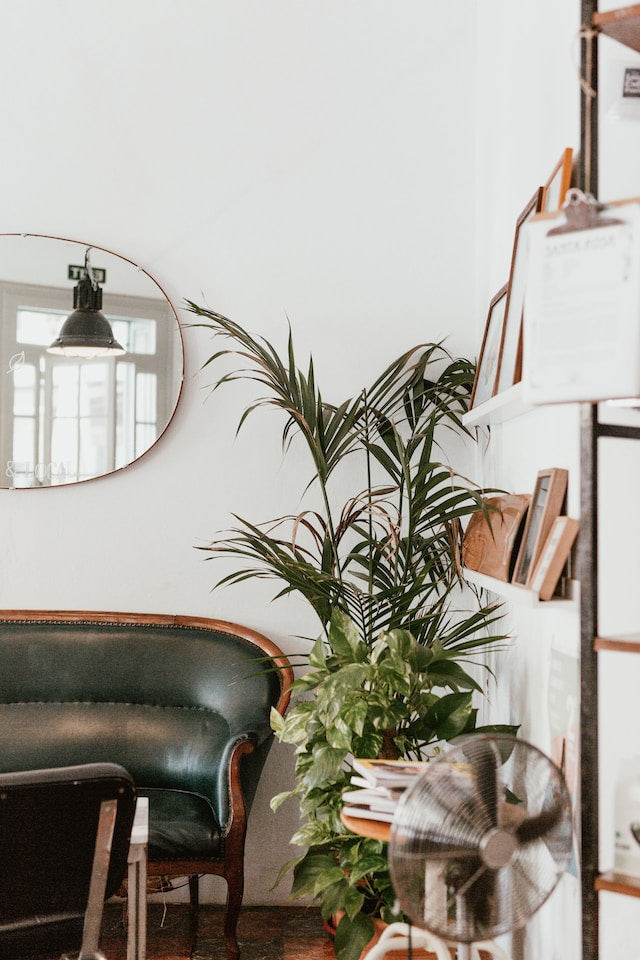
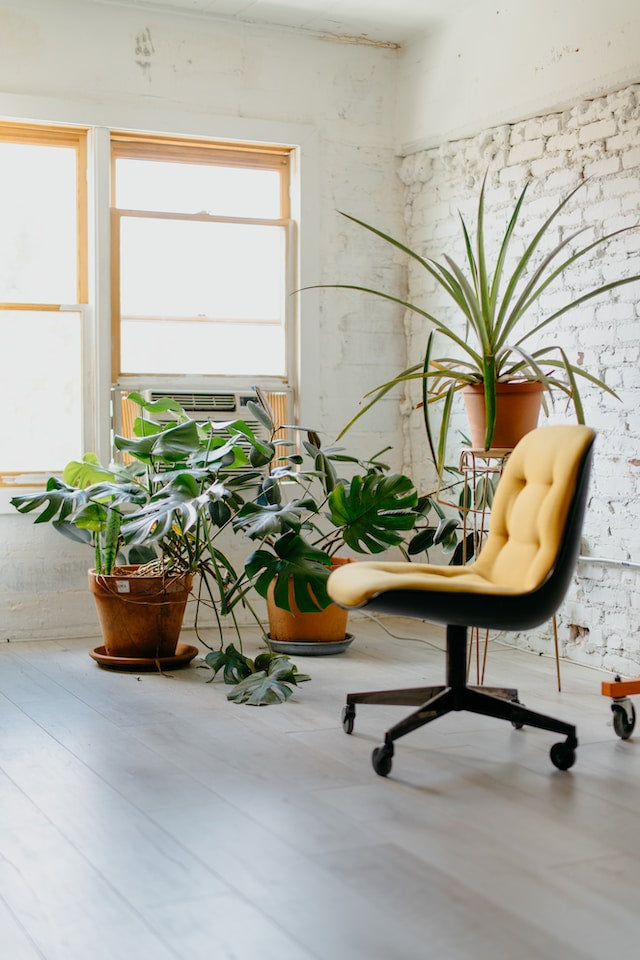
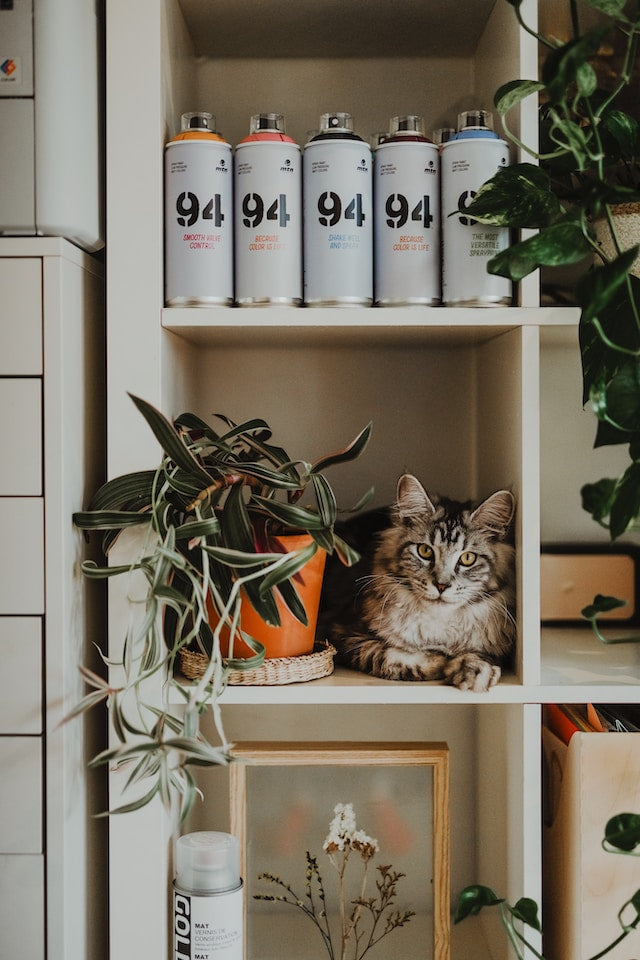
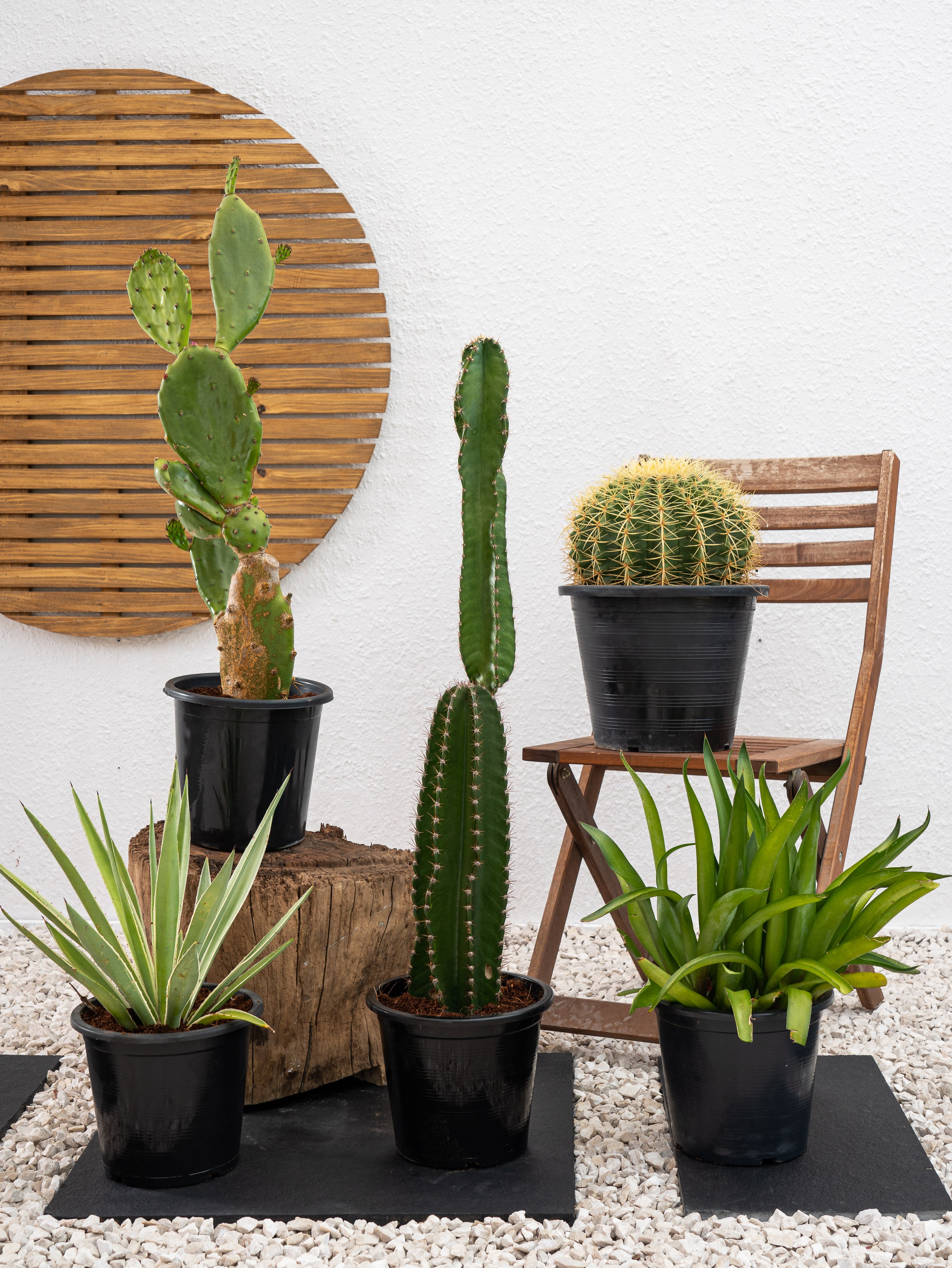

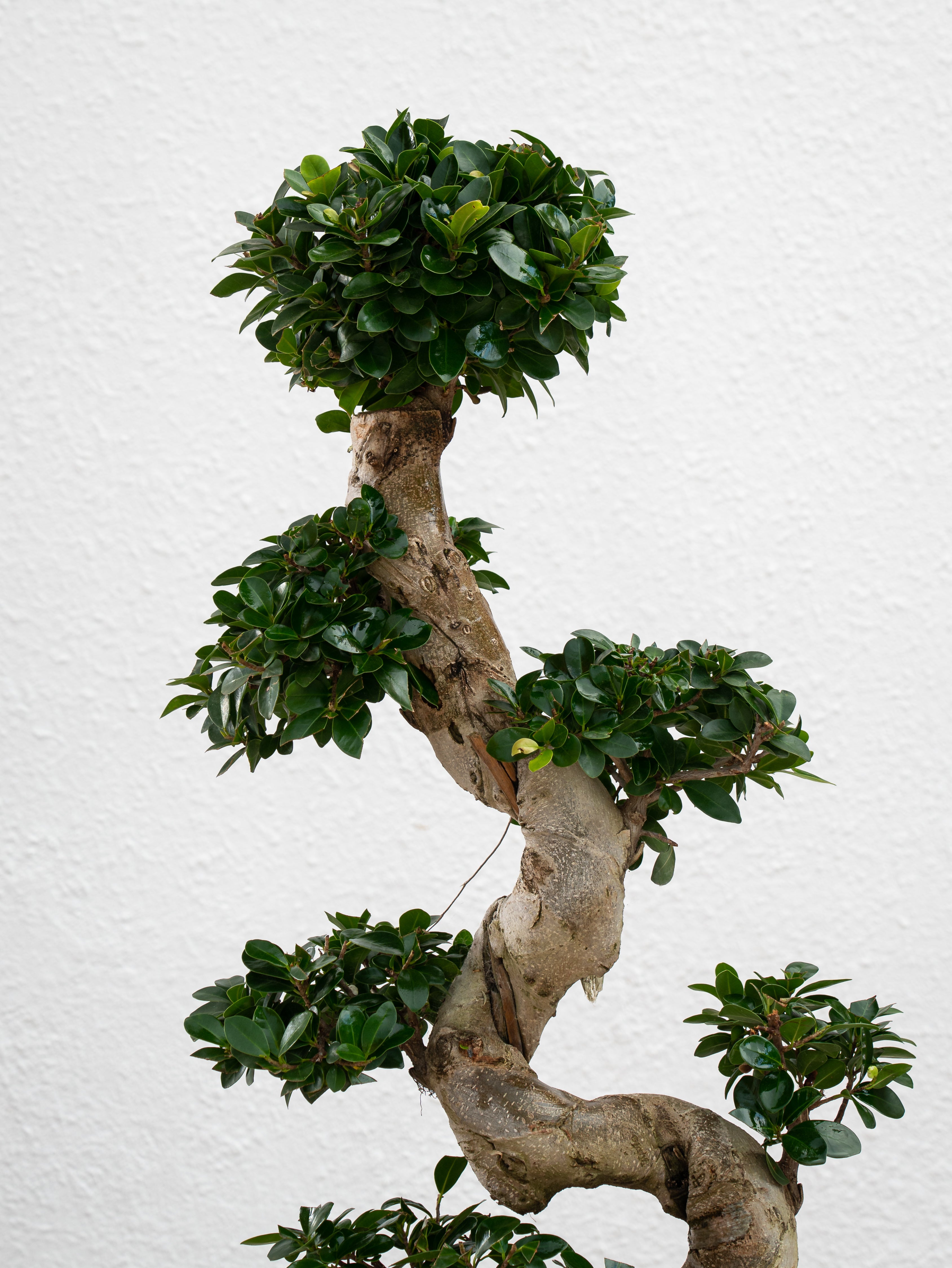
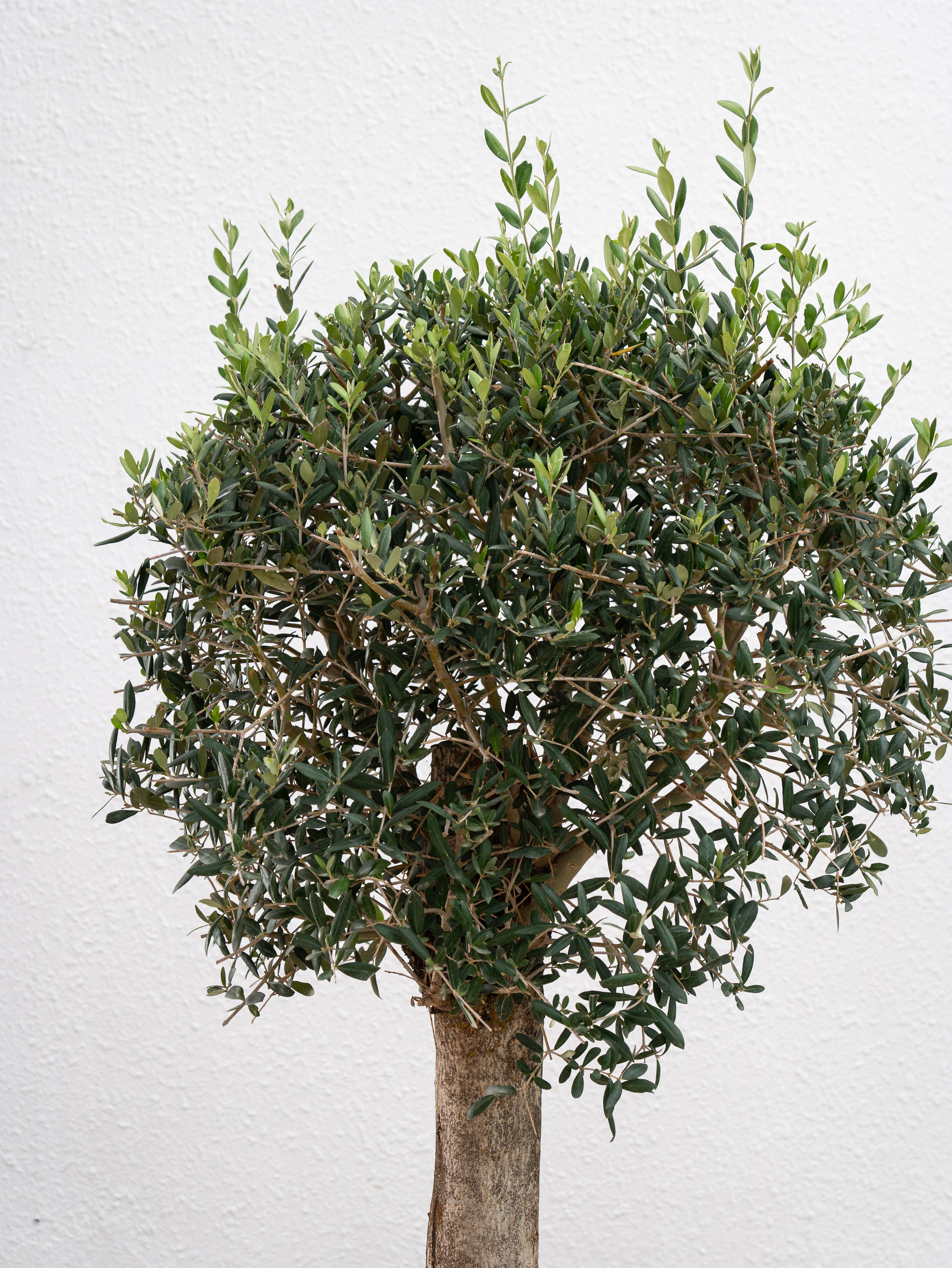



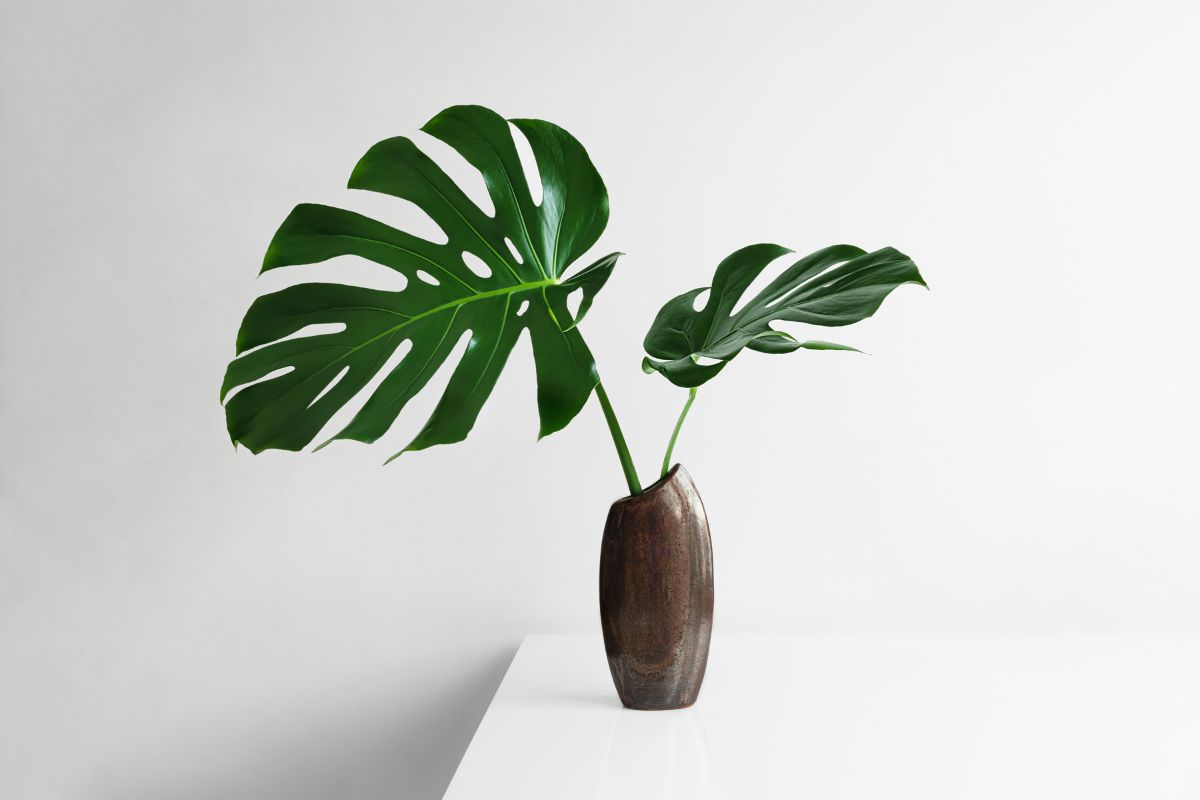
Leave a comment
This site is protected by hCaptcha and the hCaptcha Privacy Policy and Terms of Service apply.